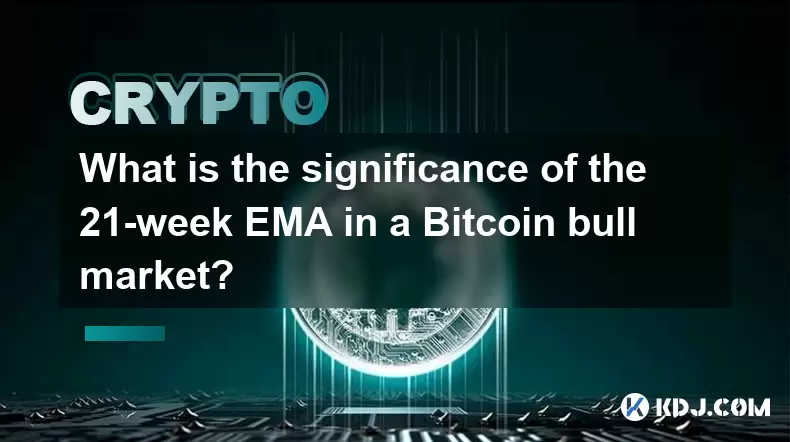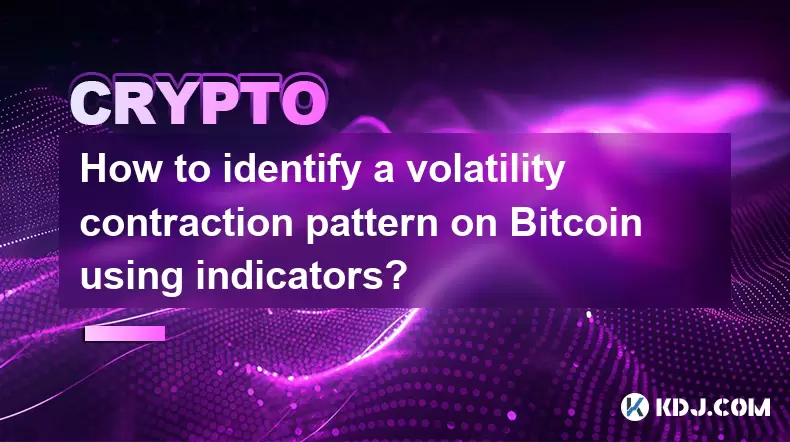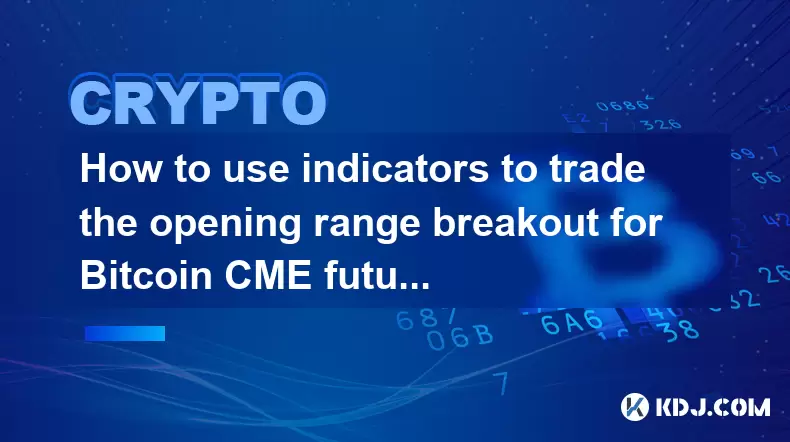-
 Bitcoin
Bitcoin $117900
0.31% -
 Ethereum
Ethereum $3766
0.28% -
 XRP
XRP $3.176
-0.31% -
 Tether USDt
Tether USDt $1.000
0.00% -
 BNB
BNB $795.6
1.51% -
 Solana
Solana $186.8
-1.09% -
 USDC
USDC $0.9999
-0.01% -
 Dogecoin
Dogecoin $0.2353
-1.33% -
 TRON
TRON $0.3226
1.49% -
 Cardano
Cardano $0.8172
-1.08% -
 Sui
Sui $4.178
3.06% -
 Hyperliquid
Hyperliquid $43.05
-3.39% -
 Stellar
Stellar $0.4367
-0.57% -
 Chainlink
Chainlink $18.62
1.47% -
 Hedera
Hedera $0.2828
6.63% -
 Bitcoin Cash
Bitcoin Cash $584.7
5.65% -
 Avalanche
Avalanche $24.81
2.53% -
 Litecoin
Litecoin $112.8
-0.88% -
 UNUS SED LEO
UNUS SED LEO $8.975
-0.08% -
 Shiba Inu
Shiba Inu $0.00001395
-1.07% -
 Toncoin
Toncoin $3.285
-1.05% -
 Ethena USDe
Ethena USDe $1.001
0.01% -
 Polkadot
Polkadot $4.123
0.76% -
 Uniswap
Uniswap $10.49
-0.18% -
 Monero
Monero $326.5
0.14% -
 Dai
Dai $0.9999
-0.02% -
 Bitget Token
Bitget Token $4.576
0.34% -
 Pepe
Pepe $0.00001247
-1.55% -
 Cronos
Cronos $0.1400
3.77% -
 Aave
Aave $295.1
-0.73%
The relationship between the volatility and breakthrough of BTC's diffusion top pattern
Bitcoin's diffusion top pattern signals a potential trend reversal, marked by rising volatility and failed retests of resistance, often leading to a sharp breakdown with increased volume.
Jun 10, 2025 at 12:35 pm

Understanding BTC's Diffusion Top Pattern
The diffusion top pattern is a technical chart formation that typically signals a potential reversal from an uptrend to a downtrend. In the context of Bitcoin (BTC), this pattern emerges when the price reaches a peak, retraces slightly, and then attempts to retest the previous high but fails to break through with strong momentum. The structure often resembles a broadening or expanding top, where the volatility increases as the price oscillates between resistance and support levels.
In BTC trading, identifying a diffusion top requires careful analysis of candlestick patterns and volume behavior. Traders should pay close attention to the swing highs and lows, as well as the increasing divergence in price movements. This pattern suggests indecision among market participants, especially after a strong rally, and may indicate that institutional selling pressure is starting to dominate retail buying enthusiasm.
The Role of Volatility in the Diffusion Top Formation
Volatility plays a crucial role in shaping the diffusion top pattern. As BTC approaches the upper boundary of the pattern, volatility tends to rise sharply, reflecting increased uncertainty and emotional trading. High volatility can be measured using tools such as the Average True Range (ATR) or Bollinger Bands, which help visualize the expansion of price swings.
One key feature of this phase is the increase in candle wicks and erratic price action, signaling failed attempts to push higher. During this time, traders might notice larger-than-usual volume spikes, especially on rejection candles at resistance levels. These signs suggest that large players are taking profits or initiating short positions, contributing to the destabilization of the uptrend.
How Breakouts Occur from the Diffusion Top
A breakout from the diffusion top pattern occurs when BTC decisively moves below the lower trendline or support level of the pattern. This move usually comes after multiple failed attempts to reestablish upward momentum and is often accompanied by a sharp drop in price and a surge in selling volume.
To confirm a valid breakout:
- Price must close below the established support zone
- Volume should increase significantly during the breakout candle
- Technical indicators like RSI and MACD should reflect bearish momentum
Once these conditions are met, traders can consider entering short positions or exiting long positions. It's essential to use stop-loss orders above the most recent swing high to manage risk effectively.
Trading Strategies for BTC After a Diffusion Top Breakout
After confirming the breakout, several trading strategies can be employed:
- Short Selling: Enter a short position once the price closes below the support level, with a stop-loss placed just above the highest point of the diffusion top.
- Fibonacci Retracement Levels: Use Fibonacci extensions to estimate potential downside targets following the breakout.
- Moving Average Crossovers: Combine the pattern with moving averages like the 50-day and 200-day EMA to filter out false signals and strengthen trade conviction.
For example, if BTC breaks down from a diffusion top at $60,000 and drops to $55,000, traders can look for further declines toward $50,000 or even $45,000 depending on how strong the selling pressure remains. Monitoring volume and momentum indicators during this phase helps validate the strength of the downtrend.
Common Mistakes to Avoid When Trading the Diffusion Top Pattern
Many traders misinterpret the diffusion top due to premature entries or incorrect identification of the pattern. Some common mistakes include:
- Entering a short trade before the breakout occurs, which can lead to losses if the price reverses back up.
- Ignoring volume confirmation, leading to false breakout trades.
- Setting stop-loss levels too tight, causing early exits before the pattern fully unfolds.
To avoid these pitfalls, traders should wait for a clear and decisive close beyond the pattern’s boundaries and ensure that volume supports the direction of the breakout. Using multiple timeframes—such as analyzing the daily chart alongside the 4-hour chart—can also improve accuracy in entry and exit points.
Frequently Asked Questions
Q: How can I distinguish a diffusion top from a regular consolidation pattern?
A: A diffusion top is characterized by increasing volatility and widening price swings, whereas a consolidation pattern shows decreasing volatility and tighter price ranges. Additionally, a diffusion top often precedes a significant trend reversal, while consolidations can lead to either continuation or reversal.
Q: Can the diffusion top pattern appear on intraday charts?
A: Yes, it can form on any timeframe including hourly or 15-minute charts. However, the reliability of the pattern increases on higher timeframes like the daily or weekly chart due to stronger participation from institutional traders.
Q: Is the diffusion top more reliable in bull markets or bear markets?
A: The diffusion top is generally more effective in late-stage bull markets, where overbought conditions and profit-taking are prevalent. In bear markets, similar patterns may occur, but they tend to be less pronounced and harder to identify due to overall low liquidity and erratic price behavior.
Q: What other technical indicators work best with the diffusion top pattern?
A: Complementing the pattern with volume analysis, RSI divergence, and MACD crossovers enhances its predictive power. Bollinger Bands can also highlight volatility expansions that align with the diffusion top’s structure.
Disclaimer:info@kdj.com
The information provided is not trading advice. kdj.com does not assume any responsibility for any investments made based on the information provided in this article. Cryptocurrencies are highly volatile and it is highly recommended that you invest with caution after thorough research!
If you believe that the content used on this website infringes your copyright, please contact us immediately (info@kdj.com) and we will delete it promptly.
- Cryptos to Watch in 2025: Punisher Coin, Chainlink, and the Altcoin Arena
- 2025-07-27 18:30:13
- Bitcoin, Altcoins, Rebound: Navigating the Crypto Comeback Trail
- 2025-07-27 18:30:13
- Ethereum, Bitcoin, and Altcoins: A Shift in Crypto Tides?
- 2025-07-27 19:10:13
- Windtree Therapeutics' Bold BNB Strategy: A $520 Million Crypto Play
- 2025-07-27 19:10:13
- Solana, Staking, and Unilabs: What's the Buzz in the Crypto Space?
- 2025-07-27 16:50:13
- VeChain, HBAR, Remittix: Navigating the Crypto Landscape in 2025
- 2025-07-27 17:10:12
Related knowledge

What is the significance of the 21-week EMA in a Bitcoin bull market?
Jul 10,2025 at 06:56pm
Understanding the 21-Week EMA in Cryptocurrency AnalysisThe 21-week Exponential Moving Average (EMA) is a technical indicator widely used by traders a...

How to identify a volatility contraction pattern on Bitcoin using indicators?
Jul 07,2025 at 07:28am
What is a Volatility Contraction Pattern in Bitcoin Trading?A volatility contraction pattern refers to a phase where the price movement of an asset, s...

Do indicators work better on a logarithmic or linear scale for Bitcoin's long-term chart?
Jul 08,2025 at 01:42pm
Understanding Chart Scales in Cryptocurrency TradingIn cryptocurrency trading, particularly for analyzing Bitcoin's long-term trends, chart scales pla...

What is the Woodies CCI indicator and can it be used for Bitcoin?
Jul 04,2025 at 05:14pm
Understanding the Woodies CCI IndicatorThe Woodies CCI indicator is a variation of the traditional Commodity Channel Index (CCI), which was originally...

How to use indicators to trade the opening range breakout for Bitcoin CME futures?
Jul 05,2025 at 07:35pm
What Is the Opening Range Breakout Strategy?The opening range breakout (ORB) strategy is a popular trading technique used in both traditional markets ...

How to use the Relative Vigor Index (RVI) for Bitcoin trading?
Jul 07,2025 at 02:00pm
Understanding the Relative Vigor Index (RVI)The Relative Vigor Index (RVI) is a technical analysis tool used to assess the strength of price movements...

What is the significance of the 21-week EMA in a Bitcoin bull market?
Jul 10,2025 at 06:56pm
Understanding the 21-Week EMA in Cryptocurrency AnalysisThe 21-week Exponential Moving Average (EMA) is a technical indicator widely used by traders a...

How to identify a volatility contraction pattern on Bitcoin using indicators?
Jul 07,2025 at 07:28am
What is a Volatility Contraction Pattern in Bitcoin Trading?A volatility contraction pattern refers to a phase where the price movement of an asset, s...

Do indicators work better on a logarithmic or linear scale for Bitcoin's long-term chart?
Jul 08,2025 at 01:42pm
Understanding Chart Scales in Cryptocurrency TradingIn cryptocurrency trading, particularly for analyzing Bitcoin's long-term trends, chart scales pla...

What is the Woodies CCI indicator and can it be used for Bitcoin?
Jul 04,2025 at 05:14pm
Understanding the Woodies CCI IndicatorThe Woodies CCI indicator is a variation of the traditional Commodity Channel Index (CCI), which was originally...

How to use indicators to trade the opening range breakout for Bitcoin CME futures?
Jul 05,2025 at 07:35pm
What Is the Opening Range Breakout Strategy?The opening range breakout (ORB) strategy is a popular trading technique used in both traditional markets ...

How to use the Relative Vigor Index (RVI) for Bitcoin trading?
Jul 07,2025 at 02:00pm
Understanding the Relative Vigor Index (RVI)The Relative Vigor Index (RVI) is a technical analysis tool used to assess the strength of price movements...
See all articles

























































































